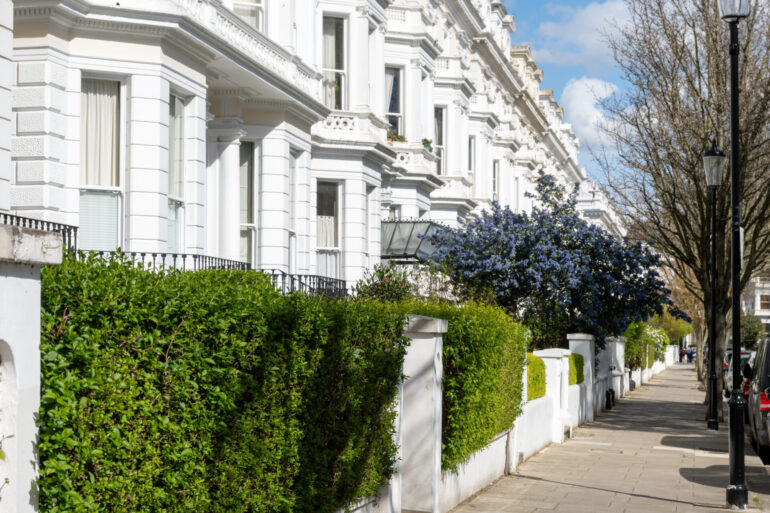The lettings market for luxury homes in Prime Central London more than doubled in the first half of 2025, fuelled by tax changes, non-doms relocating, and strong demand from American and Middle Eastern tenants.
According to Beauchamp Estates’ Millionaires Letting in London Survey, there were 1,588 deals agreed for properties renting at more than £1,000 per week between January and June, a 154% increase on the 559 deals recorded in the same period of 2024.
The lettings generated £82.8m in rental income, up from £32.6m last year.
The report, which analyses LonRes data alongside Beauchamp Estates’ in-house and off-market intelligence, attributed the surge to four key factors: wealthy overseas tenants moving into London, non-doms selling homes and renting ahead of relocation, the deterrent effect of Stamp Duty on purchases, and reduced rental supply as traditional landlords leave the market.
The most expensive deal so far this year was a Marylebone townhouse let for £28,000 per week, while the priciest apartment deal was also in Marylebone, at £15,000 per week.
Houses commanded higher premiums than flats, with demand from wealthy families accounting for 40% of international tenants.
Average long-term rents for houses reached £2,679 per week, while short-term lets averaged £6,002.
Apartments averaged £1,842 per week for long-term lets and £2,082 for short-term stays.
Mayfair and Marylebone were the most popular locations, accounting for 37% of all luxury lettings, followed by Belgravia and St James’s (19%), and Notting Hill (14%).
Kensington, Acton, Knightsbridge, Chelsea and St John’s Wood also featured prominently.
Americans were the largest tenant group, many taking long-term family homes in Mayfair, Notting Hill, Kensington and Chelsea.
Middle Eastern tenants, particularly from Saudi Arabia, the UAE and Qatar, favoured both long and short-term lets in Mayfair, Knightsbridge and Belgravia, while wealthy Israeli families chose Marylebone and St John’s Wood.
European tenants, meanwhile, targeted Chelsea, Kensington and Notting Hill.
The shift in tenant demand coincided with a change in supply dynamics.
Traditional landlords are retreating from the London lettings market in response to legislative and tax changes, but “accidental landlords” and developers opting to rent unsold stock have partly offset the shortfall.
Beauchamp Estates’ lettings team reported a particularly active spring and summer, securing deals including a Mayfair home let at £75,000 per week and a £22,500-per-week short let on Princes Gate.
Chris Tinkler, lettings manager at Beauchamp Estates Mayfair, said: “There has been significant growth in lettings activity across Prime Central London.
“During the first half of 2025 we have seen a marked increase in the number of letting deals completed compared to both 2024 and 2023, with total lettings volume increasing and the value of deals rising.
“The London lettings market is being driven by continued strong demand from international tenants, especially American, Middle Eastern and European tenants.
“In the short-let market this year we have also seen a spike in tenants from the Middle East coming to London to enjoy the spring and summer, a significant increase from last year when many visited continental Europe rather than the UK.”
Jeremy Gee, managing director of Beauchamp Estates, added: “The huge appeal of Prime Central London as a key destination for both short and long stays is evident, the luxury lettings market has doubled in size during the first half of 2025, compared to the same period in 2024.
“London’s luxury property market is hugely influenced by global political and economic shifts, rather than just domestic economic activity.
“Over the last 12 months the political decisions of President Donald Trump, Saudi Crown Prince Mohammed Bin Salman, UAE President Mohammed bin Zayed Al Nahyan and Israeli Prime Minister Benjamin Netanyahu have had a significant impact on London’s luxury residential lettings and sales markets, their decisions generating a wave of new international tenants and real estate purchasers in the UK capital.”




